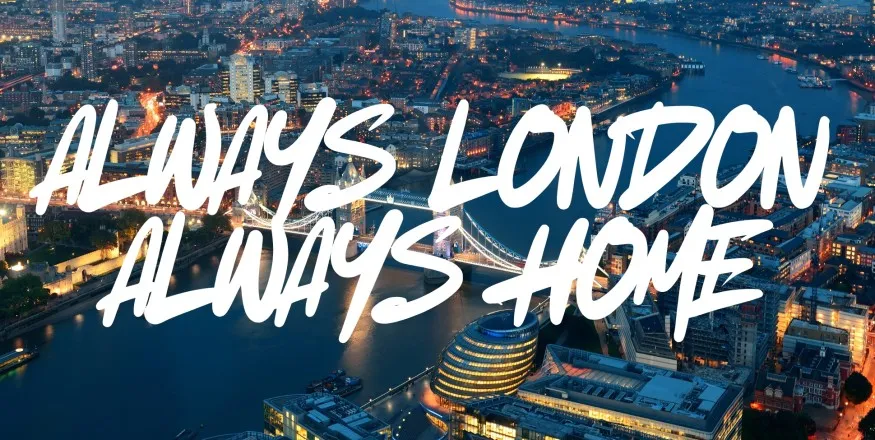Navigating the storied streets of London—a city where Roman ruins whisper beneath Victorian façades, and where modernity glides past on the top deck of a red bus—I found myself, like many others, suspended between worlds. As an Asian in this sprawling, mercurial metropolis, my existence has been shaped as much by inherited tradition as by my adopted cultural milieu. And among the more enduring legacies of my upbringing—often overlooked, often misunderstood—were the etiquette lessons of my youth.
At the time, these lessons felt more like ceremony than substance. They interrupted the gentle anarchy of childhood with their regimented rules, their insistence on posture and poise, their unforgiving scrutiny of table manners and modes of address. To my younger self, who longed for informality and instinct, they appeared quaint—relics of a bygone age, ill-suited to the pace and pragmatism of life in twenty-first-century London. Here, success seemed to favour the bold, not the well-mannered; the efficient, not the elegant.
And yet, as the years unfolded—as the city revealed more of its intricacies and I was drawn into its layered social fabric—I began to see those early lessons not as obsolete, but as quietly prescient. In this cosmopolitan capital, where a dinner party might include a diplomat from Tokyo, an artist from Lagos, and a banker from Geneva, the ability to navigate nuance became not merely desirable, but essential. The unspoken rules of engagement—how to make a stranger feel seen, how to listen with grace, how to exit a conversation without leaving a shadow—proved far more relevant than I could have imagined.
What once struck me as rigidity now reveals itself as rhythm. The etiquette instilled in me, grounded in the values of respect, deference, and quiet confidence, has become a kind of social compass. In the hushed drawing rooms of Belgravia, in the curated disorder of Soho art openings, or even in the soft theatre of a Mayfair luncheon, these rituals of civility have enabled me to move with fluency and ease. Not as affectation, but as architecture—an invisible scaffolding that holds the occasion in place.
Moreover, in London’s professional arenas—those polished spaces where business and culture entangle with a deftness uniquely their own—these same principles have quietly served me well. Whether negotiating across cultural divides or simply attending to the tone of a conversation, the etiquette of my youth has offered a steady hand. In moments where the risk of misunderstanding loomed large, courtesy has often built the bridge. And in a world that sometimes prizes candour at the expense of kindness, a thoughtful pause, a word well chosen, or a gesture of restraint has proved not antiquated, but disarmingly effective.
Looking back now, I no longer view those etiquette lessons as ornamental or excessive. They were never merely about the correct placement of cutlery or the choreography of bows and greetings. They were, at their core, about instilling a sense of grace in one’s dealings with the world—a belief that courtesy, far from being performative, could be profoundly connective. That to know how to behave in the presence of others was not about superiority, but about generosity.
As an Asian in London, I remain delicately poised between cultures, eras, and expectations. Yet the rituals I once resisted have become not a tether to tradition, but a quiet passport—enabling me to navigate this city’s diverse gatherings and shifting etiquettes with both confidence and care. They have taught me that beneath our accents and attire, beneath our customs and our creeds, lies a shared desire to be acknowledged, respected, and understood.
And in that recognition—silent, mutual, and often unspoken—we find the beginnings of connection. In the end, perhaps etiquette is not about rules at all, but about seeing others clearly, and letting oneself be seen in return.
ns3.14.134.193da2





















